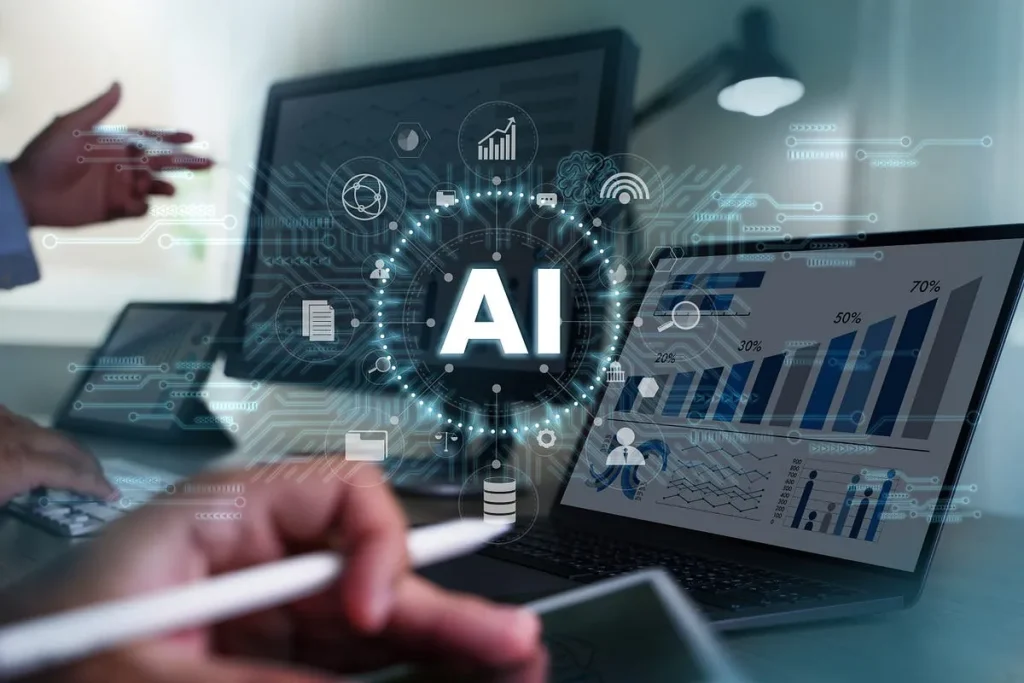Education Reforms to Build AI-Driven Human Capital

Introduction
China is implementing education reforms to cultivate AI-driven human capital capable of supporting the country’s technology, fintech, and digital infrastructure ambitions. Universities, vocational schools, and research institutes are redesigning curricula to integrate AI, machine learning, data science, and coding skills. These reforms aim to prepare students for high-demand roles in AI research, programmable finance, smart cities, and industrial automation, ensuring a workforce aligned with national innovation strategies.
Policy Direction and Strategic Goals
China’s Ministry of Education and Ministry of Industry and Information Technology are guiding reforms to align education with technology-driven economic priorities. Strategic goals include:
- Expanding AI, data science, and coding courses at all education levels.
- Promoting interdisciplinary training combining AI with finance, engineering, and industrial applications.
- Strengthening collaboration between universities, research institutes, and technology firms.
These initiatives ensure students gain both theoretical knowledge and practical skills relevant to emerging industries.
Curriculum Modernization
Universities are updating degree programs to focus on:
- AI and machine learning fundamentals.
- Data analytics and algorithmic problem solving.
- Cloud computing, blockchain, and modular finance applications.
- Industrial IoT and smart infrastructure integration.
Vocational schools emphasize hands-on projects, prototyping, and applied coding exercises to prepare students for the workforce.
Industry-Academia Collaboration
Partnerships with companies such as Alibaba, Tencent, Huawei, and leading startups allow students to work on real-world projects, access cloud computing resources, and participate in AI research initiatives. Collaborative programs also include mentorship, internship placements, and startup incubation support.
Building a Modular and Programmable Skills Ecosystem
Education reforms integrate principles of modular thinking and programmable workflows. Students learn to design AI-driven systems, implement automated financial processes, and develop flexible software architectures. These skills are essential for modern fintech solutions, cross-border trade platforms, and smart city applications.
Regional Centers of Excellence
Cities like Beijing, Shanghai, Shenzhen, and Hangzhou host specialized AI education and training centers. These centers combine academic coursework with access to innovation labs, accelerators, and industry collaborations. Students are exposed to both domestic and international best practices in AI, fintech, and industrial automation.
Impact on Workforce Development
- Increased supply of AI engineers, data scientists, and software developers.
- Enhanced capacity for implementing programmable finance models, smart infrastructure, and industrial automation.
- Greater alignment between academic output and industry demand, reducing skill gaps.
Challenges and Limitations
- Talent shortages in advanced AI, blockchain, and modular finance remain a concern.
- Rapid technological change requires continuous curriculum updates and faculty development.
- Ensuring equal access to quality education across regions and socioeconomic groups is critical.
Global Competitiveness
By building AI-driven human capital, China strengthens its position in the global technology and fintech markets. Graduates are capable of supporting international projects, contributing to research collaborations, and developing AI-driven solutions that compete globally. Education reforms enhance China’s influence on technology standards and innovation practices worldwide.
Integration with AI and Digital Infrastructure
Students trained under these reforms support AI-driven projects in multiple sectors:
- Fintech: Implementing automated transaction systems, cross-border settlement solutions, and risk management frameworks.
- Industrial Automation: Designing AI-enhanced production lines, predictive maintenance systems, and robotics.
- Smart Cities: Developing AI applications for energy management, traffic optimization, and urban planning.
Education reforms ensure graduates can integrate AI with modular and programmable financial systems, enabling scalable and secure operations.

Strategic Outlook 2030
By 2030, China’s education reforms will have produced a highly skilled AI workforce, capable of sustaining technology-driven growth. Graduates will lead innovation in fintech, industrial automation, digital infrastructure, and smart city initiatives. Interdisciplinary training, industry collaboration, and practical skill development will ensure alignment between human capital and national innovation priorities.
Economic and Policy Implications
- Enhanced human capital supports industrial upgrades and technology adoption.
- AI-driven graduates strengthen fintech, modular finance, and digital infrastructure capabilities.
- Education reforms contribute to economic resilience, global competitiveness, and sustainable growth in emerging high-tech sectors.
Conclusion
China’s education reforms are strategically designed to cultivate AI-driven human capital, preparing students to meet the demands of a rapidly evolving digital economy. By integrating AI, modular finance, coding, and industrial automation into curricula, universities and vocational programs equip graduates with the skills needed for high-tech industries. The combination of academic training, industry collaboration, and practical experience ensures a workforce capable of driving innovation, supporting programmable finance systems, and contributing to China’s long-term economic and technological objectives.






